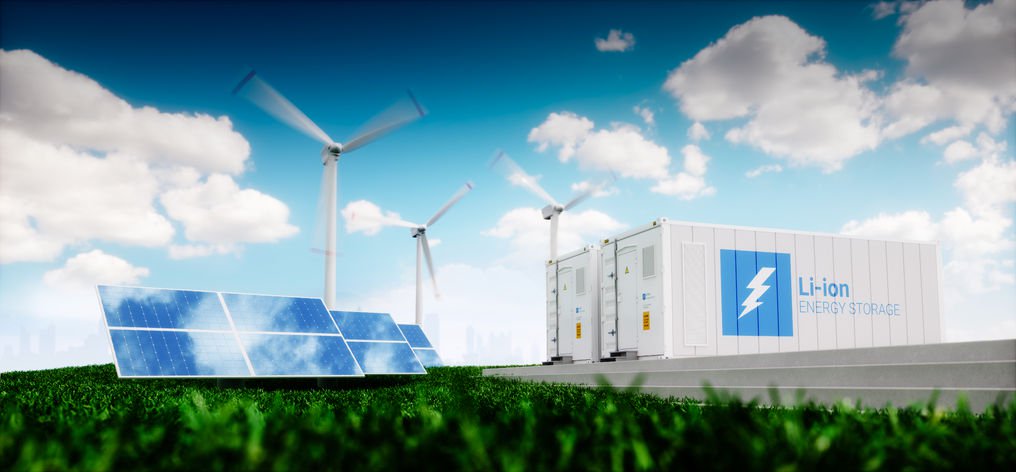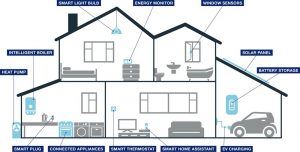An energy crunch is causing higher oil and gas prices. The war in Ukraine caused these prices to soar even higher. As a result, governments on both sides of the Atlantic are racing to build more wind and solar to reduce dependence on fossil fuels. Enter energy storage. The UK government is planning to have installed 50 GW of offshore wind capacity by 2030. The EU is eyeing 525 GW of solar power alone by 2030 under the new REPowerEU program. And in the United States, the Biden administration is dedicating billions to new capacity and grid upgrades to accommodate this capacity.
Wind and solar power have been touted as a cheaper, more environmentally friendly alternative to fossil fuels. While the “cheaper renewables” argument has come under pressure from raw material price trends recently, wind and solar are still considered lower-emission alternatives to fossil fuels and what is perhaps a greater advantage, they can be built locally in pretty much any country.
No wonder then that the EU has picked wind and solar as two of its pillars of energy security, along with things like hydrogen and biomass. However, for all their advantages, wind and solar installations do not produce electricity around the clock, which makes them less than perfect.
Read more: OilPrice
It’s Time to Go Green!
If you would like to know more about Solar Panels and the PowerBanx range of home battery systems, and get a free instant quote, please complete our online form:






